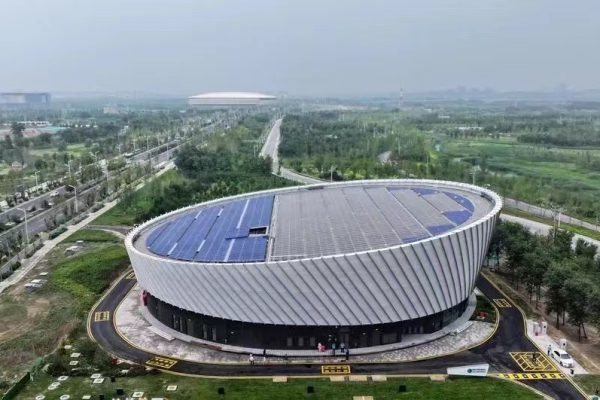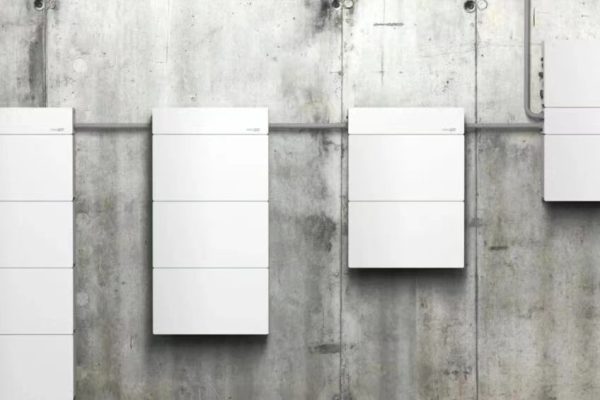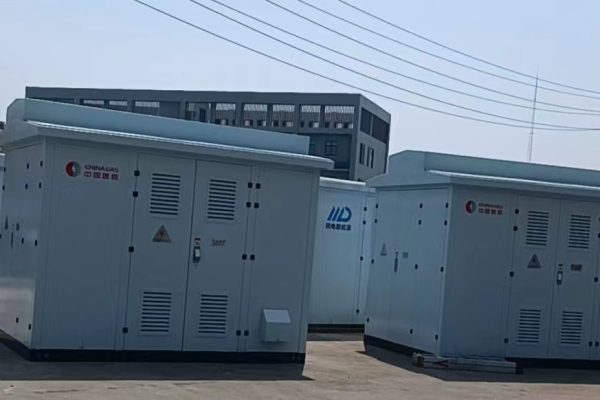Maximizing Self-Consumption and Return on Investment
1. Why Correct Sizing Matters
For solar owners who want to maximize self-consumption—using their own solar energy instead of exporting it—sizing the battery inverter system correctly is critical.
A system that’s too small will miss storage opportunities, while one that’s too large may be an unnecessary expense with a long payback period. The challenge is finding the sweet spot where system cost, usage patterns, and solar generation align.
2. Key Concepts: Self-Use and Battery Inverter Role
Self-use (or self-consumption) means consuming your PV energy on-site instead of sending it to the grid.
A battery inverter is the bridge between your solar storage and electrical loads:
- Converts stored DC battery power to AC for use in the home or business
- Manages charging and discharging according to solar generation and load demand
- Often integrates with hybrid inverters for seamless operation
3. Step-by-Step Sizing Approach
Step 1: Analyze Your Load Profile
- Collect at least 3–6 months of hourly consumption data
- Identify daytime vs nighttime loads
- Spot peak usage periods (e.g., evening cooking, HVAC in summer)
Step 2: Measure Solar Generation
- Use PV monitoring data or simulation software
- Look at seasonal variations—summer vs winter output
- Calculate average daily excess PV available for charging
Step 3: Determine Battery Capacity
- Days of autonomy = How many days you want to cover without full sun (usually 1–2 for self-use systems)
- Safety factor = 0.8–0.9 to account for depth-of-discharge limits
Example:
If your system produces 12 kWh/day excess and you want 1 day of autonomy at 90% usable capacity:
Battery Size = 12 × 1 ÷ 0.9 = 13.3 kWh
Step 4: Match Inverter Power Rating
- Continuous power should match or slightly exceed peak household load during battery discharge
- For most residential setups, 3–5 kW inverters are sufficient
- For small commercial, 5–10 kW or more may be needed
4. Sizing for Self-Use vs Backup
- Self-use focus: Size to store just enough daily excess PV; avoid oversizing
- Backup focus: May require larger battery and inverter to support extended outages and high-draw equipment
5. Common Sizing Pitfalls
🚫 Oversizing the battery – Longer payback, higher upfront cost, underused capacity
🚫 Undersizing the inverter – Battery can’t deliver enough power during high-demand periods
🚫 Ignoring seasonal mismatch – Winter PV output may be insufficient for large battery charging
🚫 Forgetting future load growth – EV charging, heat pumps, or new appliances may require upsizing
6. Regional Considerations
| Region | Factor to Consider | Impact on Sizing |
|---|---|---|
| Europe | High feed-in tariffs declining | More incentive to store than export |
| North America | Net metering rules changing | Larger batteries becoming more viable |
| Australia | High daytime PV production | Strong case for moderate battery size to shift energy to evening |
| Asia | Peak evening tariffs | Batteries sized to cover high-tariff windows |
7. Optimization Tips
- Use load-shifting strategies (run washing machines, dishwashers during solar hours) to reduce battery needs
- Consider hybrid inverters for efficiency gains
- Choose modular battery systems so you can expand later
- Integrate smart controls for dynamic charging based on weather forecasts
Sizing a battery inverter system for self-use is part technical calculation, part lifestyle planning. The ideal system size:
- Stores most of your daily excess PV without large unused capacity
- Has inverter power sufficient for your peak loads
- Adapts to seasonal variations and future load growth
Think of it as tailoring a suit—you want it to fit your current shape, with enough flexibility for the years ahead.









